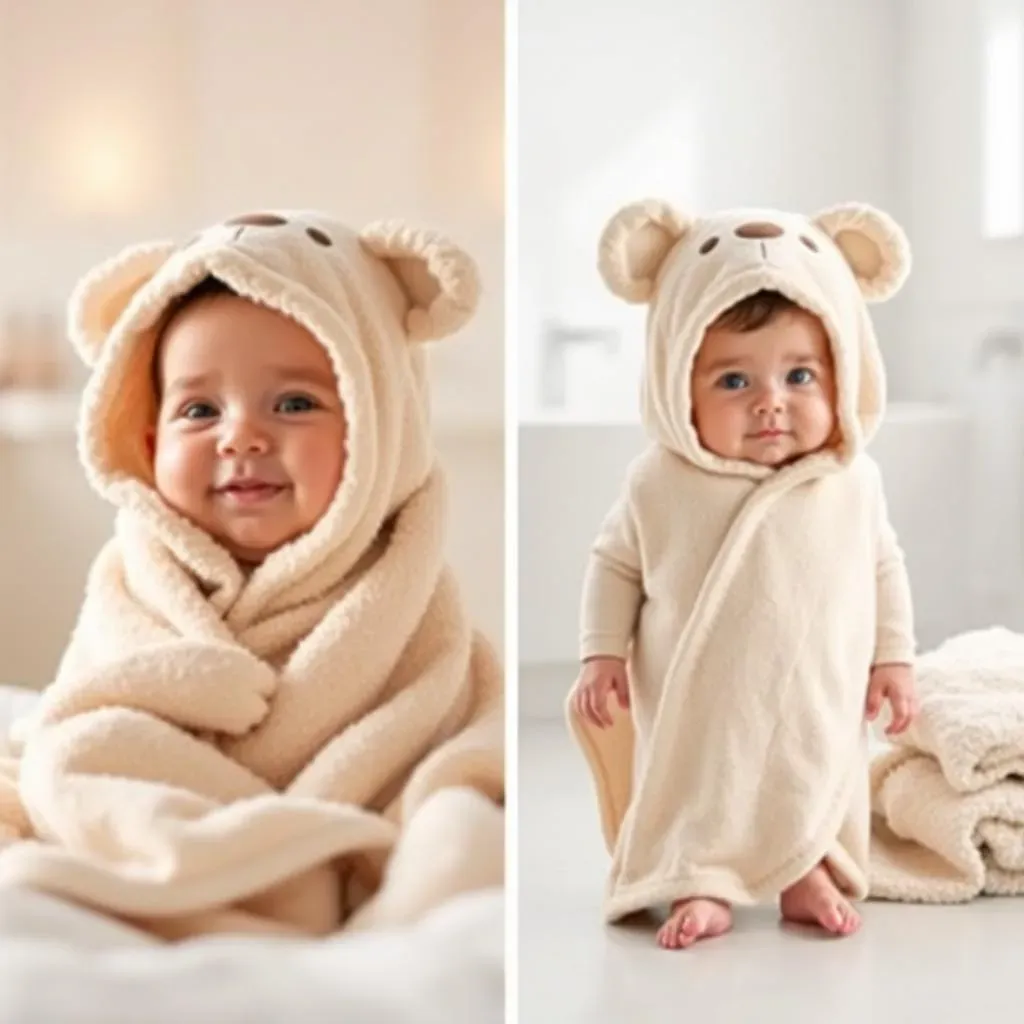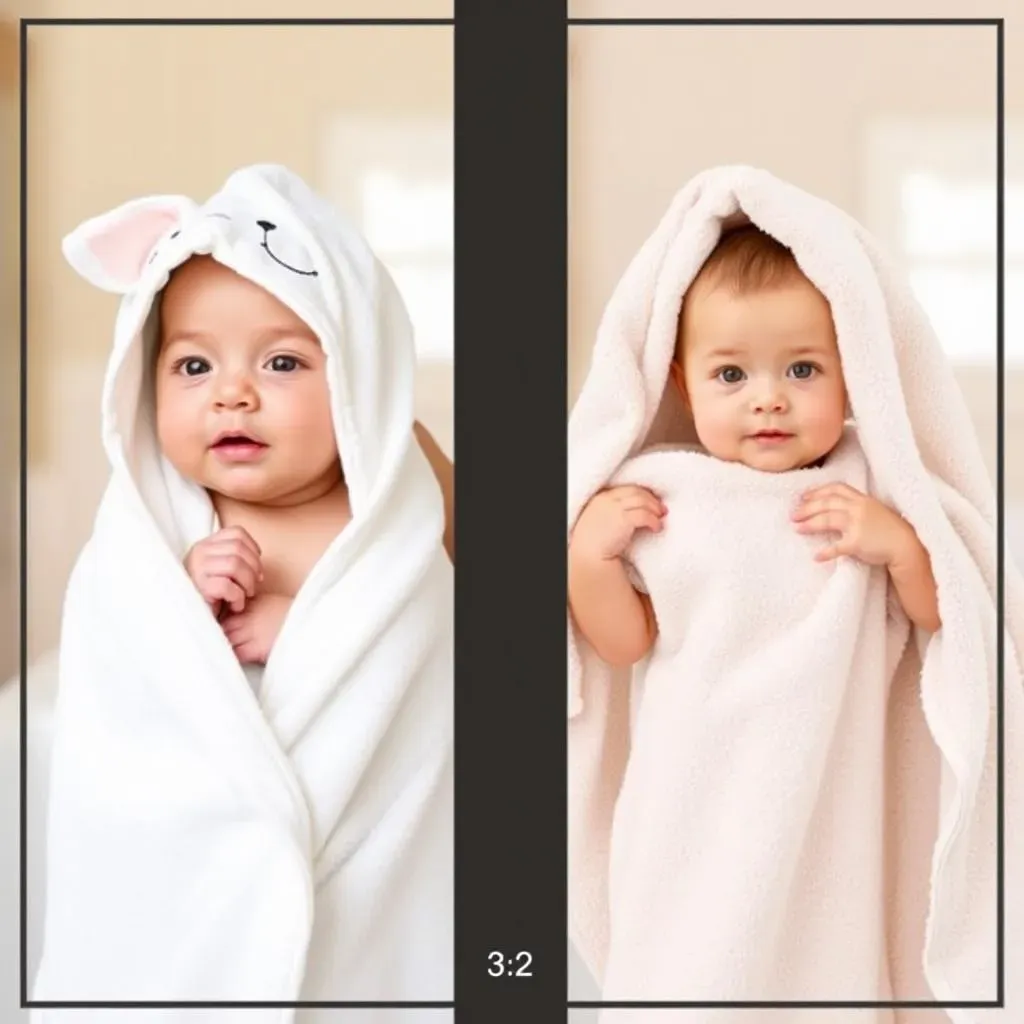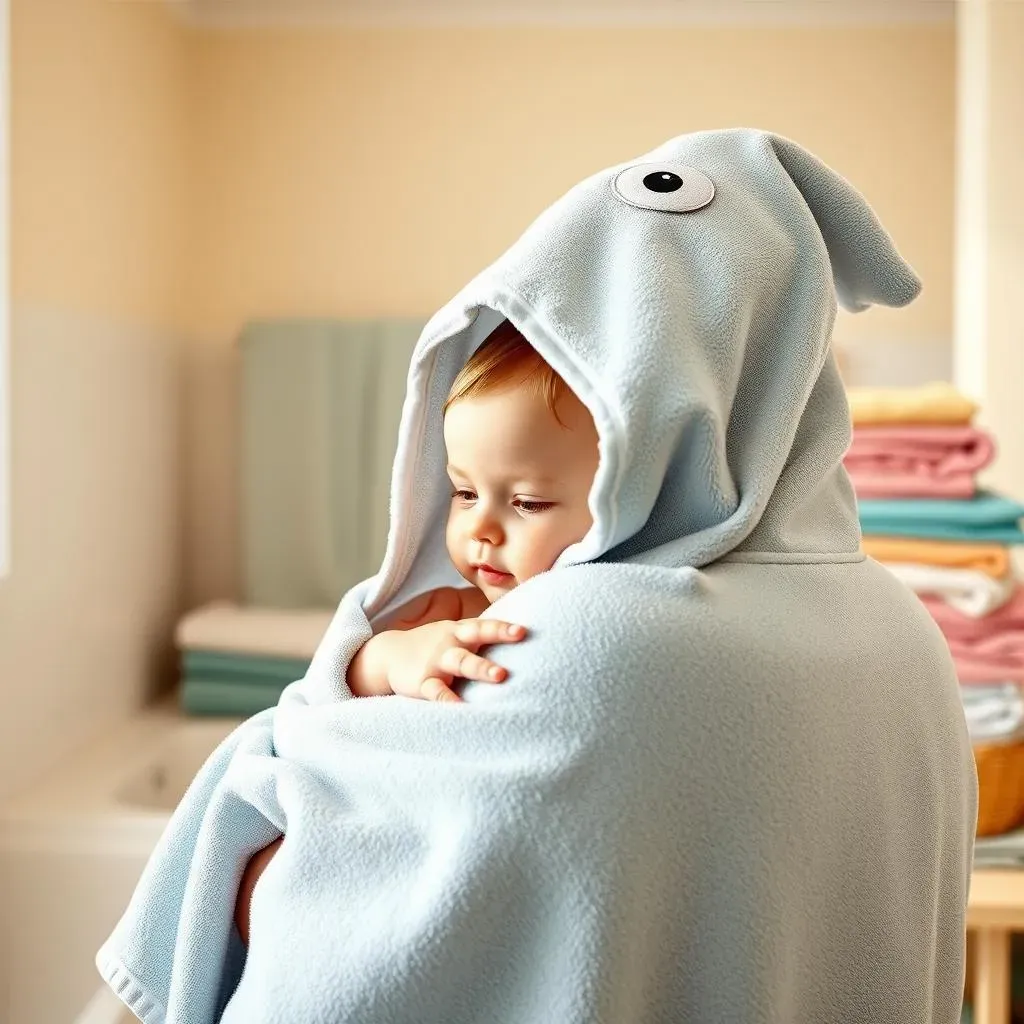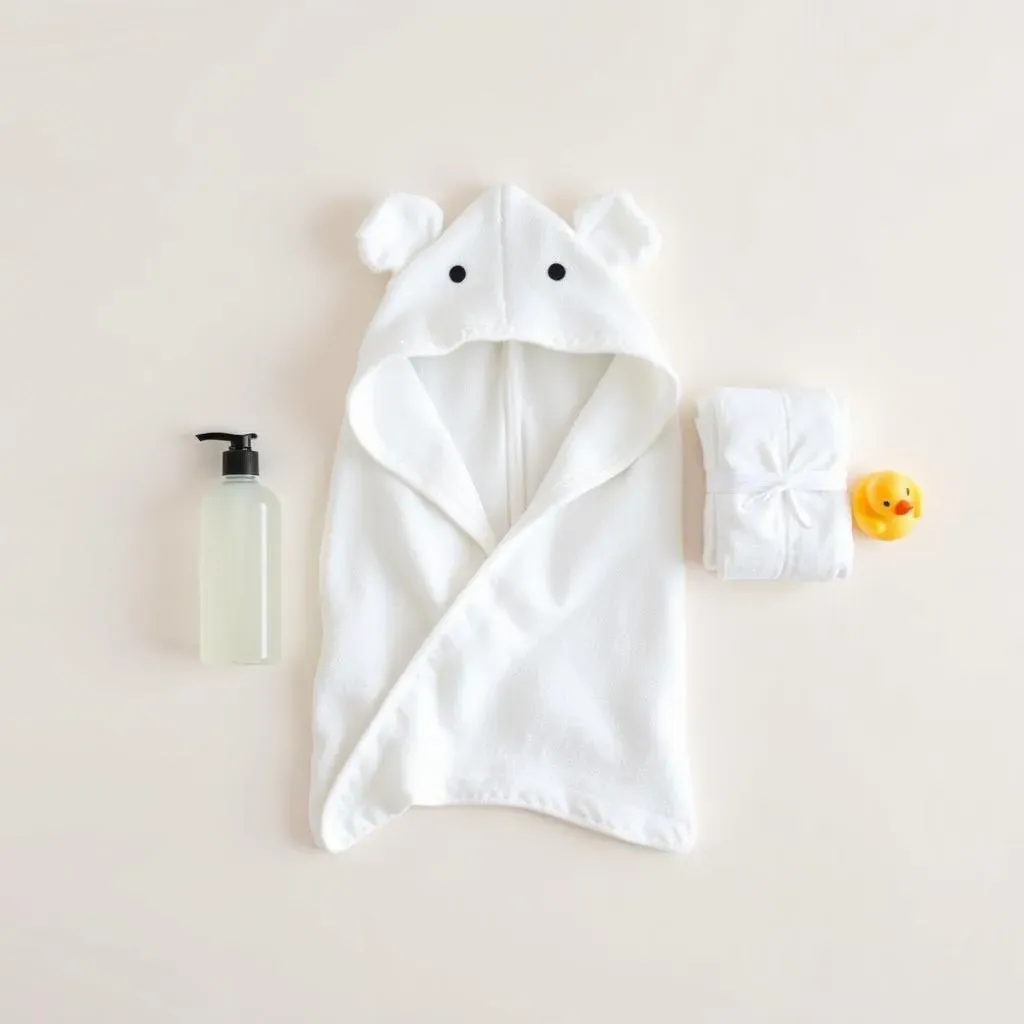Table of Contents
When prepping for a new baby, the list of "essentials" can seem endless and overwhelming. Among the cutest items, hooded baby towels often top the list. But are hooded baby towels necessary, or are they just another adorable item that will quickly be outgrown and forgotten? As a parent, I get the desire to provide the best for your little one, but I also know the importance of saving money and space where you can. In this article, we'll examine the pros and cons of hooded towels, compare them to regular towels, and help you decide how many, if any, you truly need. Forget the marketing hype and let's get real about baby bath time. We'll explore whether these hooded wonders are worth the hype, or if a regular towel can do the job just as well. Get ready to make an informed decision that's best for you, your baby, and your wallet.
Do You Really Need Hooded Baby Towels?
Do You Really Need Hooded Baby Towels?
The Cute Factor vs. Practicality
Let's be honest, hooded baby towels are undeniably adorable. Those little ears! But when you're knee-deep in diapers and sleep deprivation, cuteness can only take you so far. The real question is, do they actually make bath time easier, or are they just another Instagram-worthy item that clutters your already overflowing baby gear collection?
I remember when my sister had her first baby. She stocked up on every imaginable baby product, including a mountain of hooded towels. Within a few months, she admitted that she only used a couple regularly, and the rest were just taking up space. It made me think maybe those towels are not really necessary.
Newborns and the Need for Warmth
Newborns lose heat quickly, so keeping them warm after a bath is crucial. A hooded towel can help to keep their head covered and prevent heat loss. This is especially important in the first few weeks when they're still adjusting to life outside the womb.
However, a regular towel can also do the trick, especially if you're quick about drying and wrapping them up. It really boils down to personal preference and how easily your baby gets cold.
Beyond the Newborn Stage: Are They Still Useful?
As your baby grows, the usefulness of hooded towels starts to diminish. Many babies outgrow the smaller sizes quickly, and you might find yourself struggling to wrap them up properly. Toddler-sized hooded towels exist, but at that point, a regular towel is often just as convenient.
Plus, let's face it, wrangling a squirming toddler after a bath is a challenge no matter what kind of towel you're using! The hood might provide a slight advantage in keeping the towel on, but it's not a game-changer.
Feature | Hooded Towel | Regular Towel |
|---|---|---|
Warmth for Newborns | Good | Okay |
Ease of Use | Good | Good |
Longevity | Low (outgrown quickly) | High |
Cost | Higher | Lower |
Hooded Towels vs. Regular Towels: What's the Difference?
Hooded Towels vs. Regular Towels: What's the Difference?
Material Matters: Softness and Absorbency
The biggest difference often comes down to the material. Both hooded and regular baby towels are typically made from cotton, but the quality can vary greatly. You'll find options ranging from basic cotton to super-soft Turkish or Egyptian cotton.
The softer the towel, the gentler it will be on your baby's delicate skin. Absorbency is also key – you want a towel that will quickly wick away moisture without requiring you to rub too hard. I always recommend looking for towels that are labeled "OEKO-TEX certified," which means they've been tested for harmful substances. Speaking of materials, bamboo towels are also becoming increasingly popular, they are known for being extra soft and absorbent.
Size and Shape: Wrapping It All Up
Hooded towels are usually smaller and square-shaped, with a hood attached to one corner. This design is intended to make it easier to wrap the towel around your baby and keep their head covered. Regular towels, on the other hand, come in various sizes and shapes, offering more flexibility in how you use them.
For newborns, the smaller size of a hooded towel can be an advantage. It's easier to manage and wrap around their tiny bodies. However, as your baby grows, a larger, rectangular towel might provide better coverage and be more versatile for swaddling or laying down on.
Feature | Hooded Towel | Regular Towel |
|---|---|---|
Typical Size | Smaller, Square | Larger, Rectangular |
Head Coverage | Hooded | Requires Folding |
Material Options | Cotton, Bamboo | Cotton, Bamboo |
Versatility | Limited | High |
The Hood: Convenience or Gimmick?
The hood is the defining feature of hooded baby towels, and its usefulness is debatable. Some parents swear by it, saying it keeps their baby's head warm and prevents them from getting chilled. Others find it annoying, as it can slip off easily or not provide enough coverage.
In my experience, the hood is most helpful for newborns who are more sensitive to temperature changes. As babies get older and more active, the hood becomes less of a necessity. You can easily achieve the same effect with a regular towel by folding it over their head.
How Many Hooded Baby Towels Do You Actually Need?
How Many Hooded Baby Towels Do You Actually Need?
The Minimalist Approach: Less is More
Alright, let's talk numbers. If you're aiming for a minimalist approach, you can totally get away with just one or two hooded towels. Seriously! Think about it: you wash the towel after every few uses (or when it gets soiled), so you always have a clean one ready. Plus, if you have a good stock of regular towels, you can easily use those in between. I know some parents who swear by this approach, and their babies are perfectly clean and cozy.
However, that's depend on your lifestyle, if you do the laundry 2 times per week, then 2 hooded towels are enough. But if you are a busy mom and only do the laundry once a week, maybe you should consider preparing 3-4 hooded towels to anticipate accidents.
The Practical Middle Ground: A Few for Convenience
For most parents, a sweet spot is having around three to four hooded baby towels. This gives you enough to rotate through without constantly doing laundry. You can keep one in the nursery, one in the bathroom, and have a spare on hand for those inevitable messes.
This number also allows for those days when you're just too tired to do laundry and need a backup. Trust me, those days will come! Having a few extra hooded towels can make life a little easier.
Number of Towels | Pros | Cons |
|---|---|---|
1-2 | Minimalist, saves space and money | Requires frequent laundry |
3-4 | Good balance of convenience and practicality | Requires more storage space |
5+ | Always a clean towel available, good for frequent messes | Can be excessive, takes up a lot of storage space |
The "Always Prepared" Approach: Stocking Up
Some parents like to be extra prepared, especially if they have twins or multiple young children. In this case, having five or more hooded towels might make sense. This ensures you always have a clean towel available, even if you're dealing with multiple baths or unexpected spills.
However, keep in mind that babies grow quickly, and those hooded towels might not fit for very long. Unless you really need that many, it's probably better to stick with a smaller number and supplement with regular towels as needed.
The Final Verdict: Hooded or Not Hooded?
So, are hooded baby towels necessary? The truth is, it boils down to personal preference. They can be super handy for keeping your newborn snug and warm right after a bath, and let's face it, they make for adorable photo ops. However, a soft regular towel can do the job just as well, especially as your baby grows. Don't feel pressured to buy a mountain of them. Consider starting with one or two if you like the idea, and see how they fit into your routine. Ultimately, a happy, dry baby is the goal, no matter what type of towel you use!
